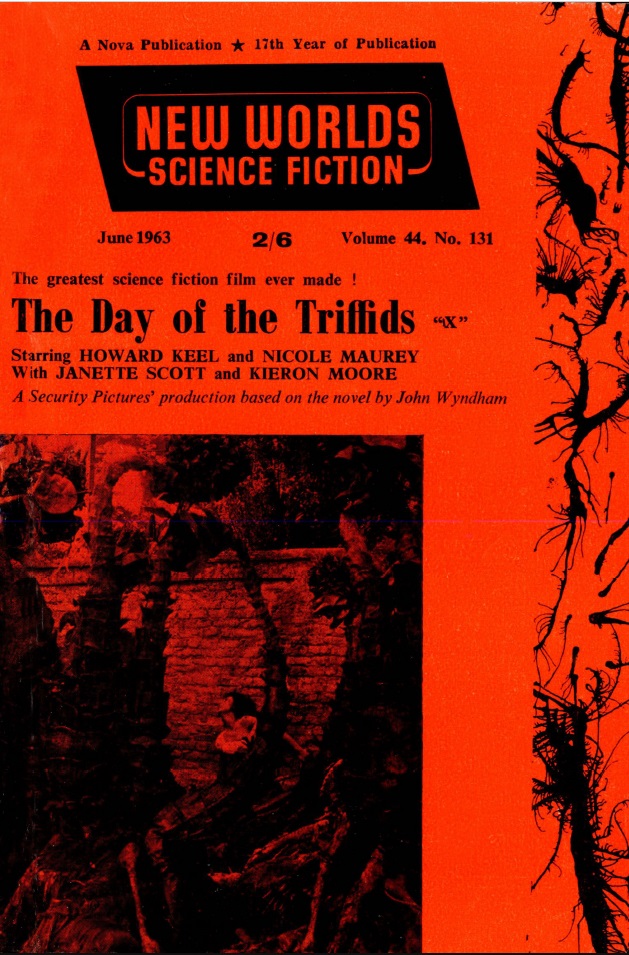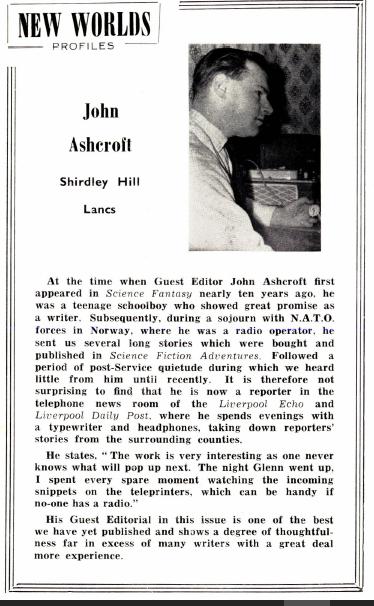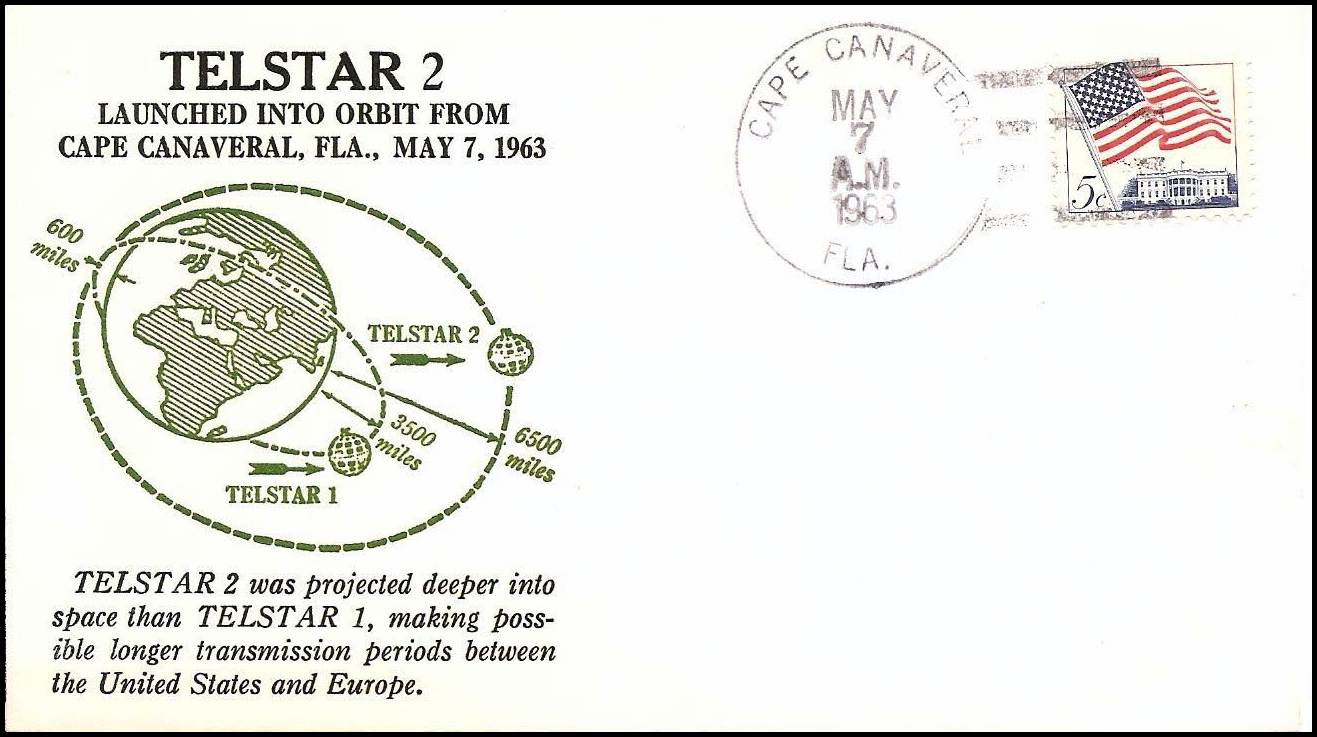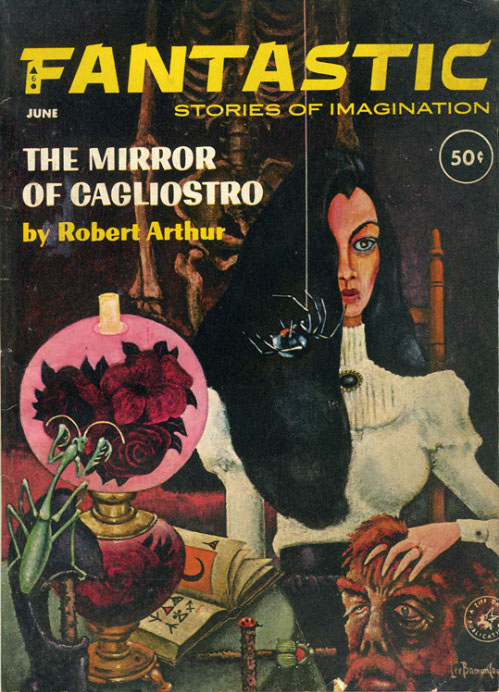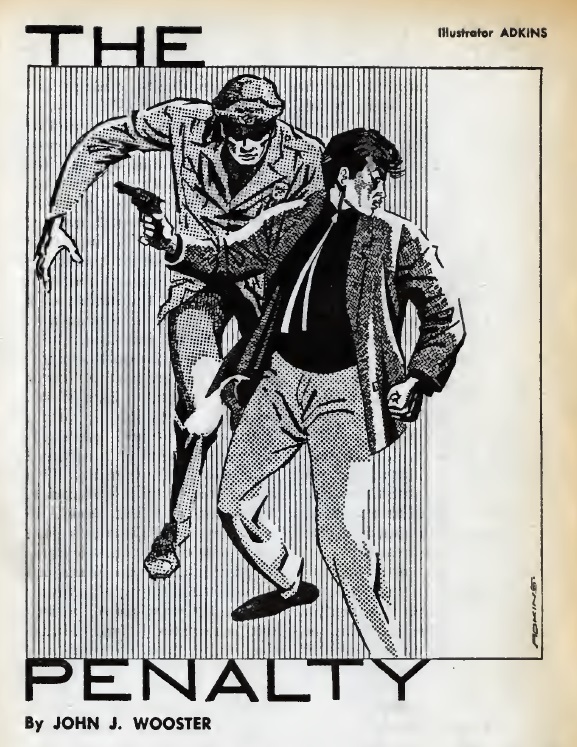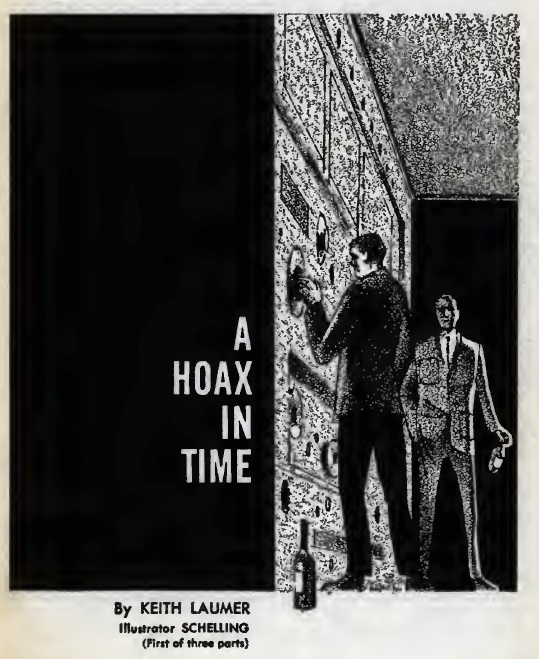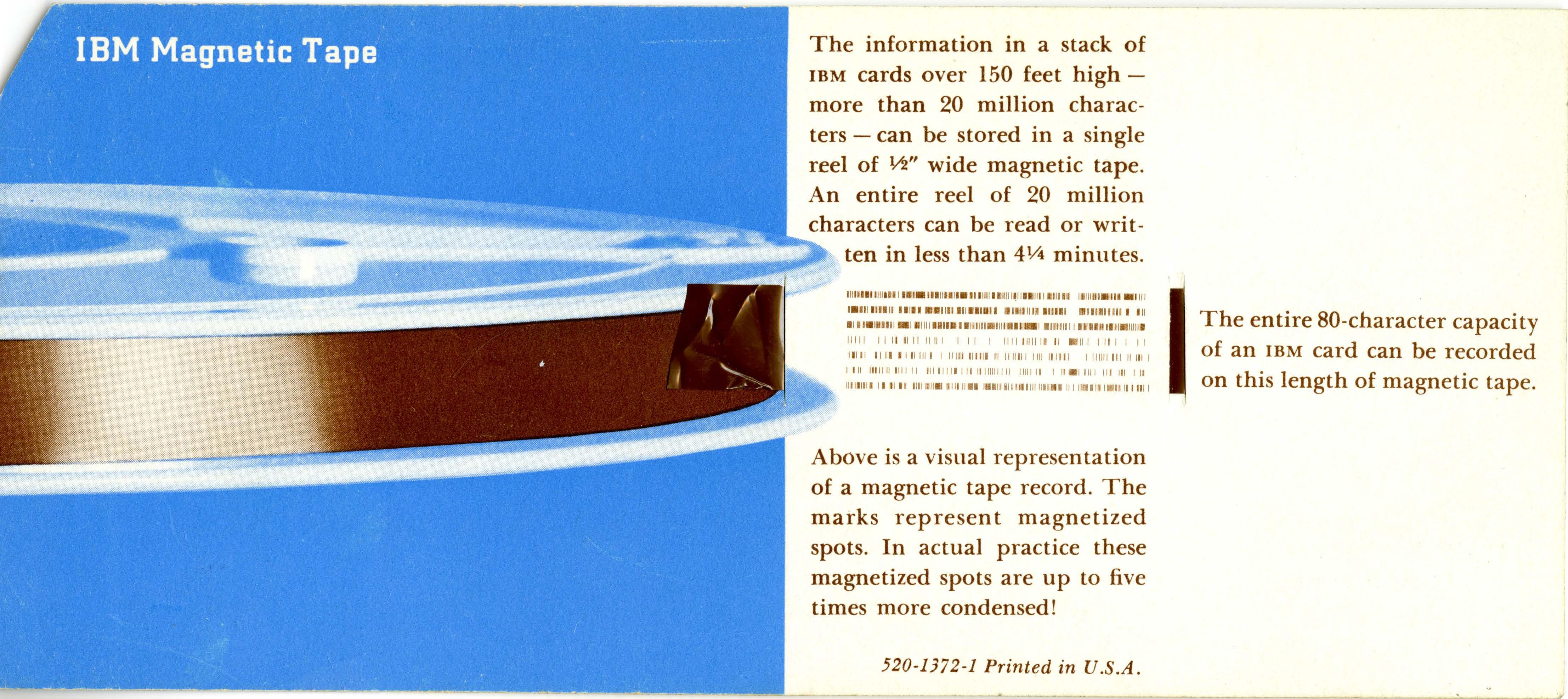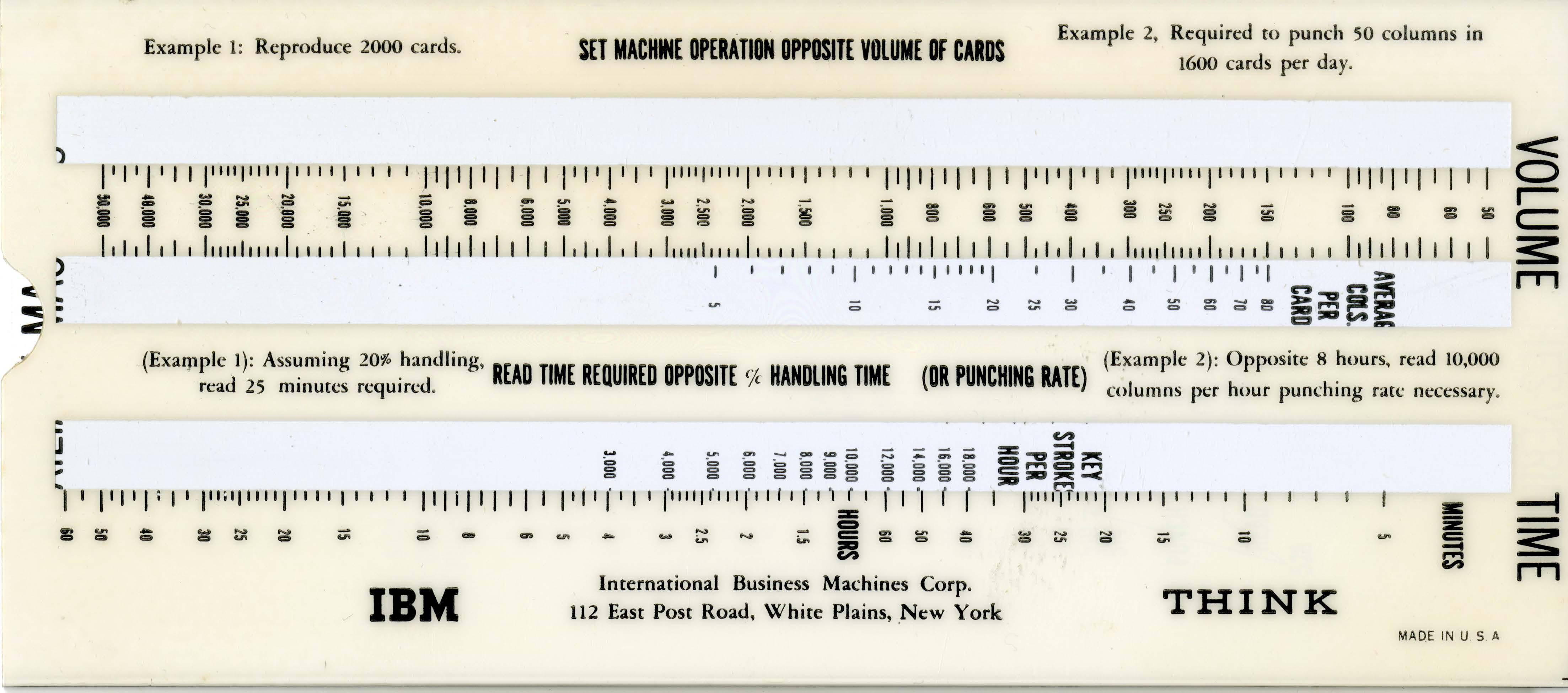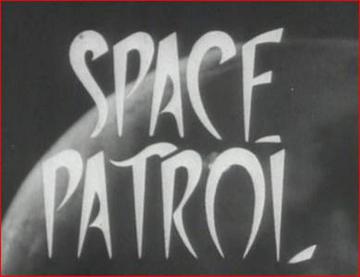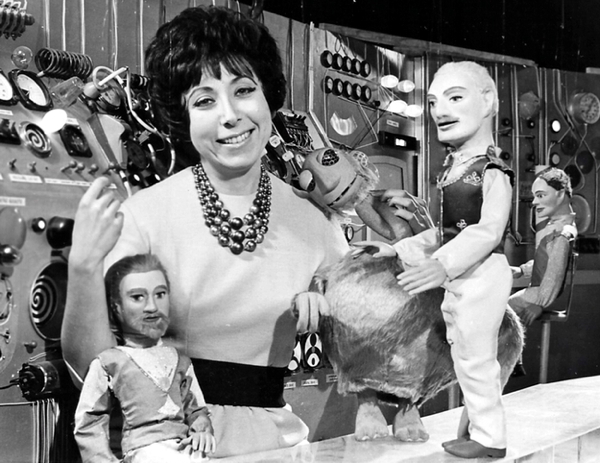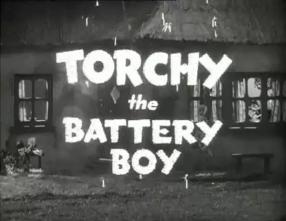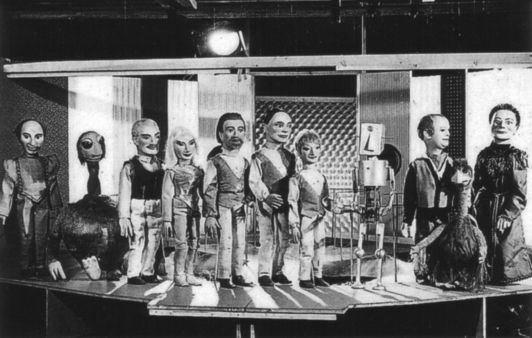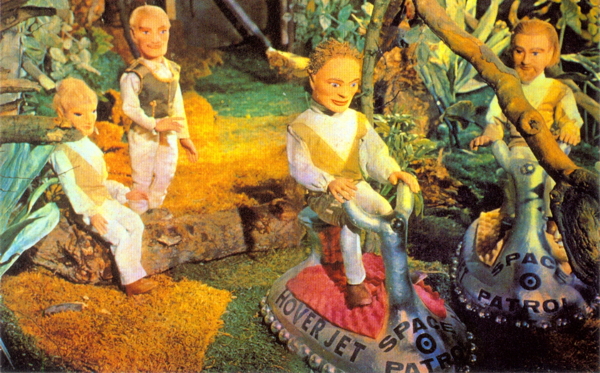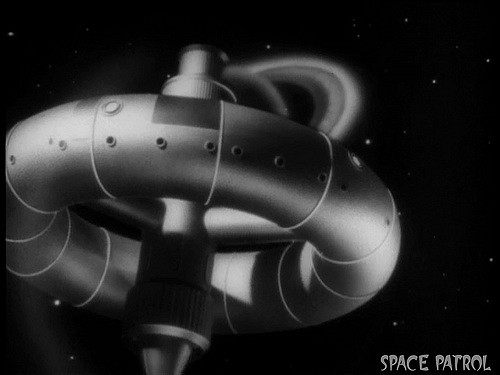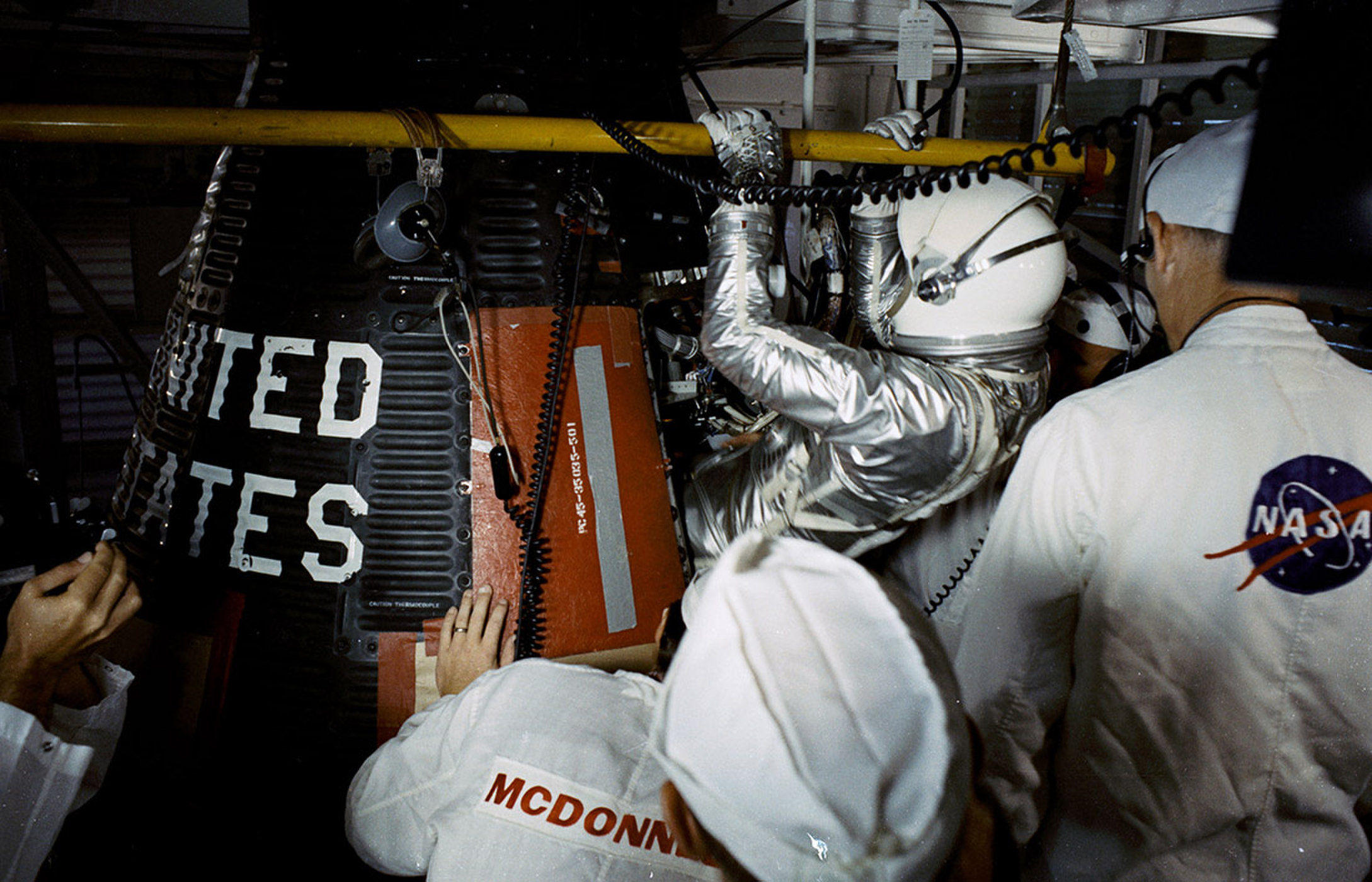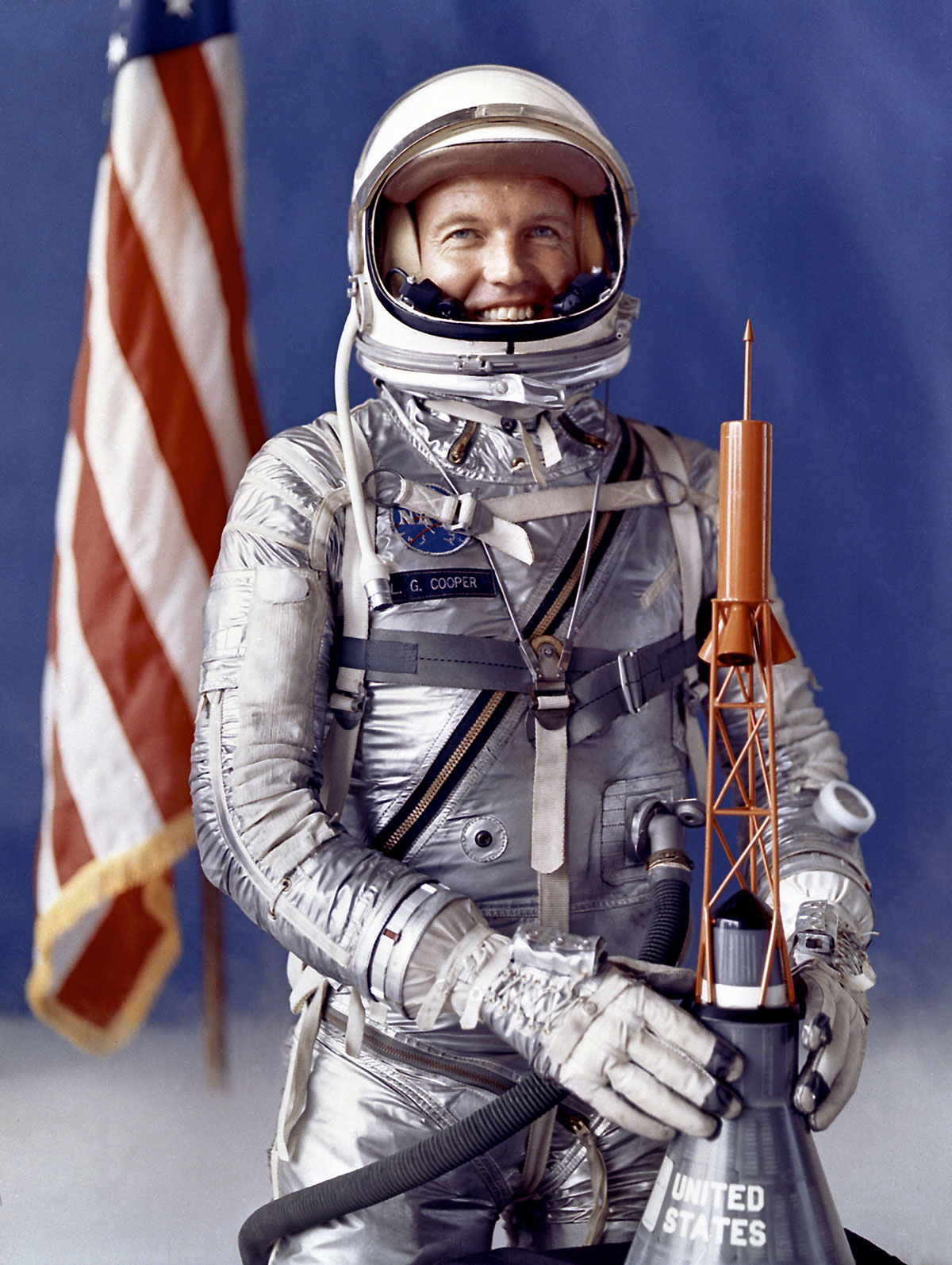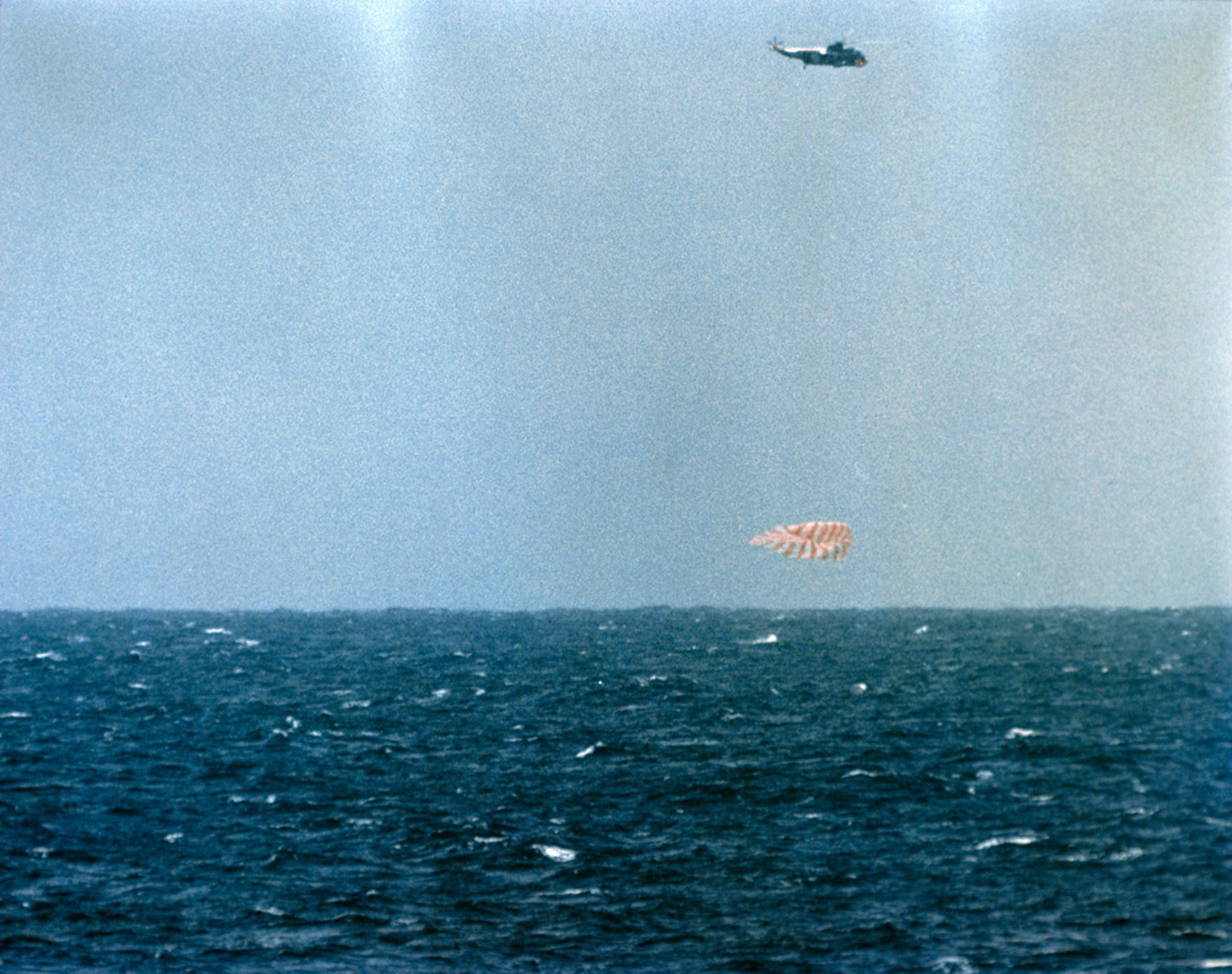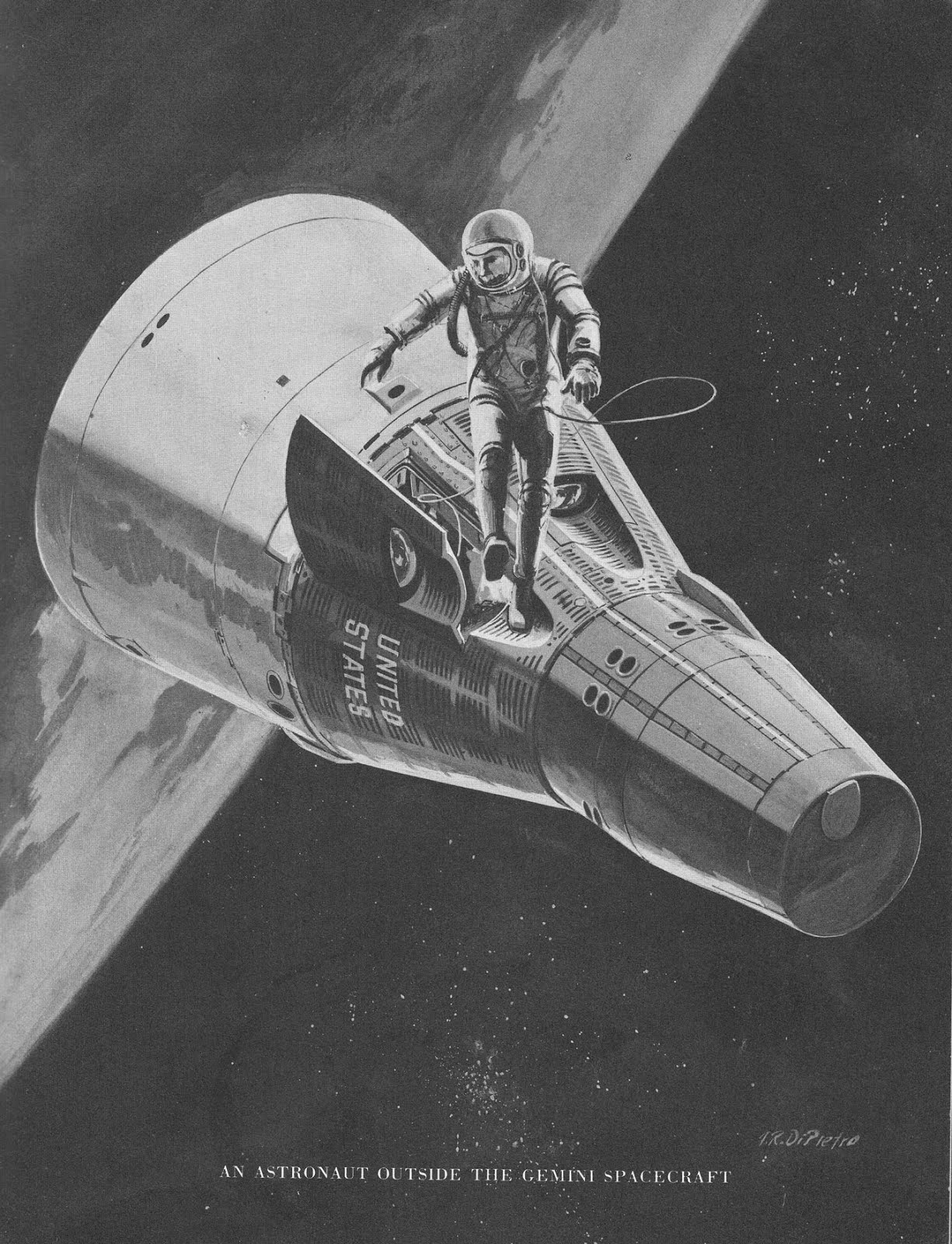
by Natalie Devitt
I finally finished the fourth season of The Twilight Zone. For the most part, I enjoyed the most recent episodes. The entire season has been all over the place, which unfortunately meant that I really did not know what to expect this time around. The final three episodes of the season retained this record, which meant they were not without their disappointments, but also not without selling points. This is my breakdown of the final three episodes of the season.
On Thursday We Leave for Home, by Rod Serling

The month of May got off to a great start with what is probably the most well-made episode of the month, On Thursday We Leave for Home. James Whitmore stars as Captain Benteen, the leader of a colony in space. It is the year 1991. Captain Benteen’s people fled Earth three decades ago in hopes of starting a better life in space, on a more peaceful planet. What they found was a planet with a harsh climate, where they spend their days just struggling to live to see another day.
The group contacts Earth with the intention of returning to the planet, which some members of colony hardly remember and others have never seen before. As they wait to return to their planet of origin, the people in the colony begin asking questions about Earth. At first, they listen carefully as Benteen tells them about the planet. After a while, they begin to romanticize Earth, so much so that it begins to affect the captain’s ability to control his people.
The script paints a pretty bleak picture of the future, even though I am sure that some people will argue that the episode comments accurately on the world today. Certainly one could see Captain Benteen as a man with too much power, or perhaps this is on its most basic level a tale about a man refusing to adapt to the rapid changes taking place around him. This kind of deep and allegorical story is what audiences used to expect regularly from the series.
Having said that, I must mention that I have only one small complaint about the episode, regarding the sets. I know I am probably just looking for something wrong in an otherwise very strong episode, but is there an episode that takes place in space that does not reuse something from Forbidden Planet? It took only seconds for me to recognize a spaceship from the film.
Of course, if I only have one complaint, then this must be a solid entry in the series. This one easily earns four stars.
Passage on the Lady Anne, by Charles Beaumont

Passage on the Lady Anne is the story of the Ransomes, a young couple played by Lee Philips and Joyce Van Patten, who after years of marriage, can barely keep their relationship going. In their final attempt to save what is left of their marriage, they decide to take a cruise. They visit a travel agent, who reluctantly books them a trip aboard an aging ship. Upon boarding, the young couple notices that all of passengers aboard the ship are senior citizens, and while friendly, are constantly trying to discourage them from staying on the ship. At first, the Ransomes shrug it off, but after a while, they begin to grow suspicious.
While many might argue that this episode is not quite on the same level as On Thusday We Leave for Home, it still has plenty of charm. It does not hurt that I am kind of partial to the episodes written by Charles Beaumont. As a warning to those who prefer their entertainment faster-paced, this is definitely one of the slower and more atmospheric stories on The Twilight Zone. There is also plenty of fog, which helps to create a very haunting atmosphere.
Most people will probably figure out where things are headed long before the conclusion, though it is never really completely spelled out for the audience, which just adds to the aura of mystery. All in all, it is a fun journey with some recognizable actors playing the elderly characters. I rate it at three and a half stars.
The Bard, by Rod Serling

The Bard is the story of a struggling screenwriter named Julius. While in a bookstore one day, Julius, played by Jack Weston, finds a book on black magic and takes it home. He decides to try out some of the book’s spells, one of which helps Julius to conjure up the spirit of none other than William Shakespeare, played by John Williams, who he uses to help catch his big break as a screenwriter.
After the last two solid episodes, I knew things were going a little too well. Then I watched The Bard. The episode was yet another failed attempt at comedy for The Twilight Zone. As much as I like stories about black magic, I found very few redeeming qualities in The Bard. First, the episode is jam-packed with cheesy one liners like, "I’m conjuring, baby." Second, the constant reliance on sound effects to remind the audience to laugh wore very thin over the course of the episode. Third, the ending made a silly episode even sillier. The one thing the episode had going for it is Gunsmoke actor Bert Reynolds doing a pretty good Marlon Brando impersonation, but even that was not enough to save this trainwreck of an episode.
This story barely earns one and a half stars.

On Thursday We Leave for Home was a return to form for the series, then Passage on the Lady Anne kept things going strong. Sadly, The Bard single-handedly destroyed this month’s winning streak. I can only hope that such a disappointing episode will not cause the curtain to finally come down on the anthology series. I really would like to see the show end on a high note. I guess we will just have to wait and see if the show gets picked up for another season.
[New to the Journey? Read this for a brief introduction!]






























